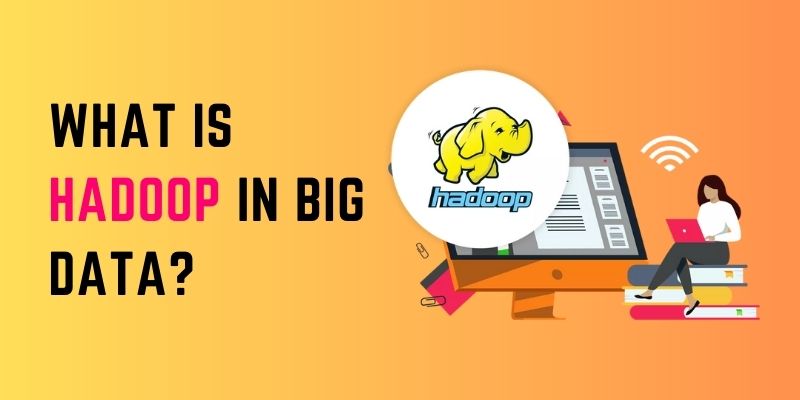Hadoop has been the go-to solution for companies trying to employ big data analytics to address issues. The financial, healthcare, and e-commerce industries, among others, as well as some of the most successful businesses in the world, have seen enhanced performance thanks to Hadoop. If you are here to know, What is Hadoop in Big Data? FITA Academy offers the best Hadoop Training in Chennai with Certified Professionals.
As a result of big data, the term “Hadoop” has gained currency in the contemporary digital era. In a world where everyone can create enormous volumes of data with a single click, the Hadoop framework is crucial.
What is Hadoop?
Apache’s open source platform called Hadoop. Online Analytical Processing (OLAP) is not what Hadoop uses, and it is developed in Java.
It can be applied to batch processing as well as offline processing. Numerous websites, such as Facebook, Yahoo, Google, Twitter, and LinkedIn, employ it. Additional nodes are needed in order to enlarge the cluster.
The original open source software framework for managing and storing enormous volumes of data is still Hadoop. And it’s clear why. That work is efficiently dispersed among server networks and computer clusters using Hadoop.
The fundamental Hadoop framework is made up of three primary components:
HDFS (Hadoop Distributed File System)
HDFS (Hadoop Distributed File System) is the system’s primary storage component. Using HDFS, data is broken into smaller bits that are then stored on nodes spread out among a cluster of computers.
With the help of HDFS, petabytes or exabytes can be divided into very small, manageable chunks (usually less than 150 megabytes in size), each of which can be accessible by a work process at the same time.
Hadoop MapReduce
Hadoop MapReduce, the main programming component of Hadoop, aids in segmenting a huge data processing project into manageable, more manageable tasks concurrently across machines.
Time is saved, and there is a lower likelihood of system failure. HDFS and MapReduce work together closely because MapReduce need complete data storage to function properly.
Hadoop YARN (Yet Another Resource Negotiator)
The resources are managed by a system known as Hadoop Thread, another resource negotiator. Within the cluster, YARN manages task scheduling and distribution. Hadoop Common, the ecosystem’s fourth component, is a part of the stable collection maintained by the Apache Foundation.
HBase, Hive, Apache Spark, Sqoop, Flume, and Pig are among the other tools and applications that utilize the Hadoop cluster and are part of the Java library known as Hadoop Common. All of them are extra features.
Big data refers to the vast and continuously growing amount of data that an organization can access but cannot be assessed using traditional methods.
Big data, which encompasses both structured and unstructured data sources, is frequently the place where businesses begin their analytics efforts in order to gather knowledge and insights that would help them to better their business strategies. It’s not just the outcome of technical operations and applications. Big data is one of the most helpful information today.
Big data can be characterized by the following features:
Volume – The phrase “big data” describes a substantial amount. The most critical element in determining the value of data is its quantity. Additionally, whether a given data set falls within the category of big data depends on the amount of data in it. So, “volume” is a consideration when working with Big Data solutions.
Variety – Diversity is the presence of both structured and unstructured sources and types of data. Data in the form of emails, photographs, videos, tracking devices, documents, audio, etc. is taken into consideration by today’s analytics software. The mining, storing, and data analysis of this kind of unstructured data are difficult tasks.
Velocity – The rate at which data is produced is referred to as “velocity”. Big data velocity refers to the rate at which data arrives from sources such as business processes, application logs, networks, social media websites, sensors, mobile devices, etc. Data is coming in at a huge and continuous rate. FITA Academy offers the best Big Data Hadoop Online Training with placement assistance.
Variability – This suggests the paradox that it is challenging to handle and manage data well because data is rarely shown.
